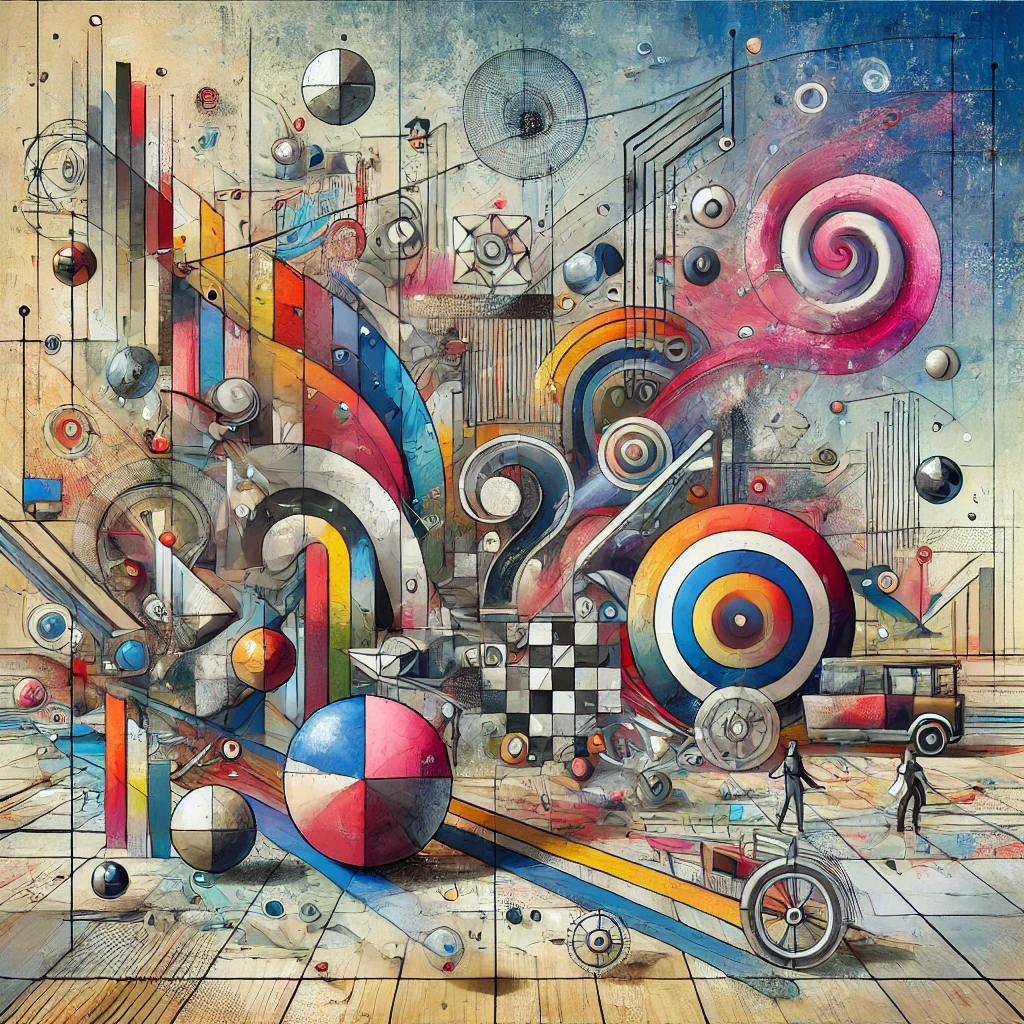Modern Art Styles and Trends
Modern art is an ever-evolving field that continues to push boundaries and challenge traditional norms. From the early 20th century to today, modern art has encompassed a wide range of styles and movements, each reflecting the social, political, and technological changes of its time. In recent years, several key trends and styles have emerged, shaping the contemporary art landscape. Here’s a look at some of the most influential modern art styles and trends today.
1. Abstract Expressionism
Abstract Expressionism remains a powerful force in modern art, characterized by its emphasis on spontaneous, automatic, or subconscious creation. This style often involves bold, sweeping brushstrokes, vibrant colors, and a focus on the emotional intensity of the artist. Abstract Expressionism allows for a high degree of personal expression, making it a timeless trend in the modern art world.
2. Minimalism
Minimalism is a style that strips art down to its most essential elements, focusing on simplicity, repetition, and the use of basic forms. This trend emphasizes the importance of space, light, and materials, often resulting in works that are clean, uncluttered, and serene. Minimalism continues to influence not only visual art but also design, architecture, and fashion.
3. Digital Art
The rise of technology has given birth to a new wave of digital art, where artists use software, algorithms, and digital tools to create their works. This trend encompasses everything from digital painting and 3D modeling to interactive installations and virtual reality experiences. Digital art blurs the line between the real and the virtual, offering endless possibilities for creativity and innovation.
4. Street Art and Graffiti
Street art and graffiti have moved from the fringes to the mainstream, becoming a significant trend in modern art. Artists like Banksy and Shepard Fairey have brought street art to global attention, using public spaces as their canvas to comment on social and political issues. This style is characterized by its bold, often rebellious aesthetic and its ability to engage with a wide audience.
5. Pop Art Revival
Pop Art, originally popularized in the 1960s by artists like Andy Warhol and Roy Lichtenstein, has seen a resurgence in recent years. The Pop Art Revival celebrates consumer culture, mass media, and the blending of high and low art. This trend often incorporates bright colors, commercial imagery, and a sense of irony, making it a playful and accessible style.
6. Sustainable and Eco-Friendly Art
As environmental concerns become more pressing, many modern artists are turning to sustainable practices and eco-friendly materials in their work. This trend emphasizes the use of recycled, natural, or biodegradable materials, as well as themes related to nature, climate change, and environmental activism. Sustainable art not only raises awareness but also challenges the traditional art-making processes.
7. Conceptual Art
Conceptual art focuses on the idea or concept behind the work, rather than the aesthetic or material aspects. This trend often involves text, instructions, or documentation, with the artwork existing as a concept rather than a physical object. Conceptual art challenges traditional notions of what art is and can be, making it a powerful tool for intellectual and philosophical exploration.
8. Interactive and Immersive Art
Interactive and immersive art is a growing trend that invites viewers to become participants in the artwork. This style often involves multimedia installations, virtual reality, and sensory experiences that engage multiple senses. Interactive art blurs the boundaries between artist and audience, creating a shared experience that is both personal and collective.
Conclusion
Modern art is a dynamic and ever-changing field, with new styles and trends emerging constantly. From the emotional intensity of Abstract Expressionism to the cutting-edge innovations of digital art, these trends reflect the diversity and creativity of contemporary artists. As the world continues to change, so too will the art that reflects it, making modern art a fascinating and essential part of our cultural landscape.
